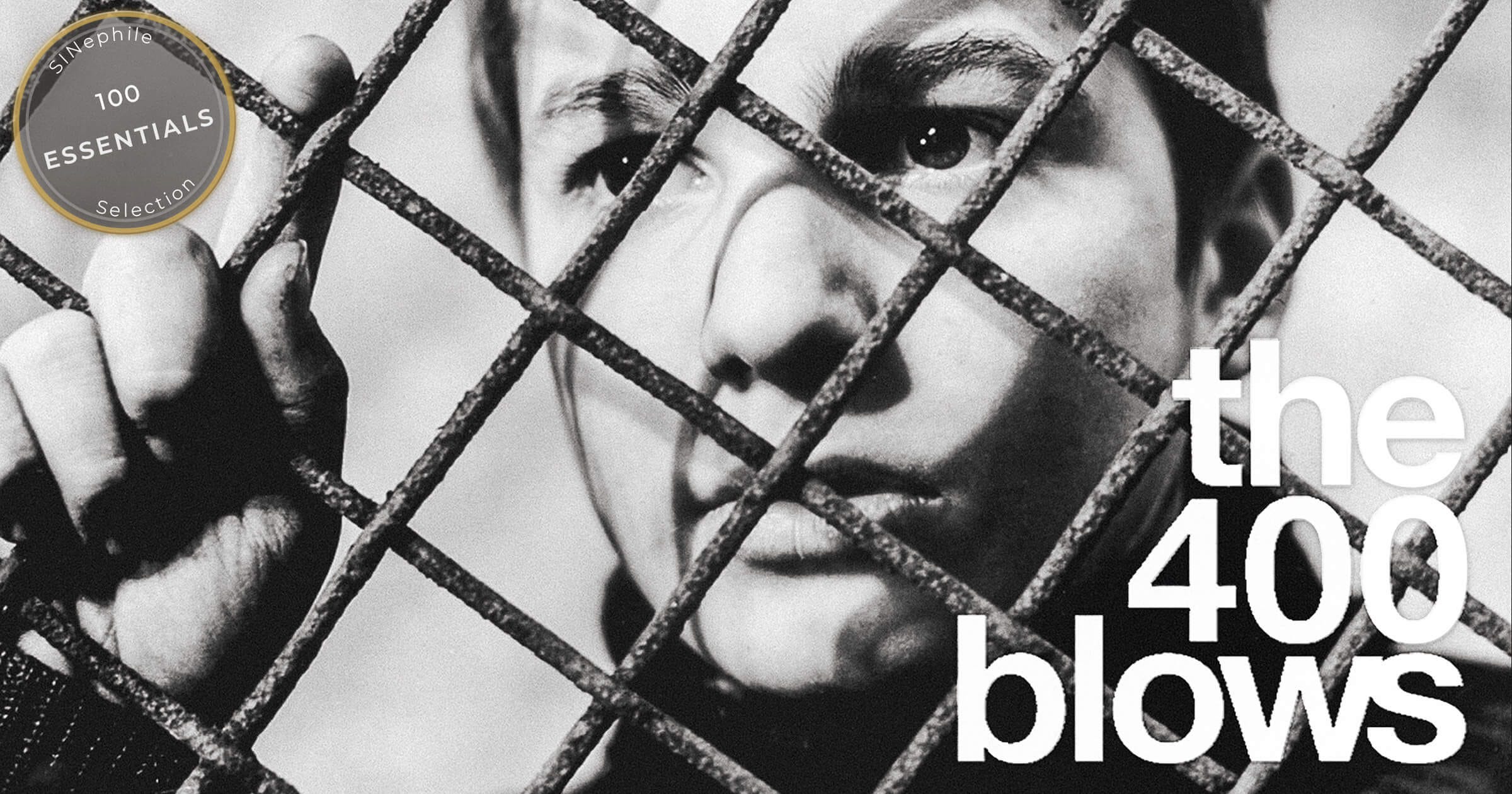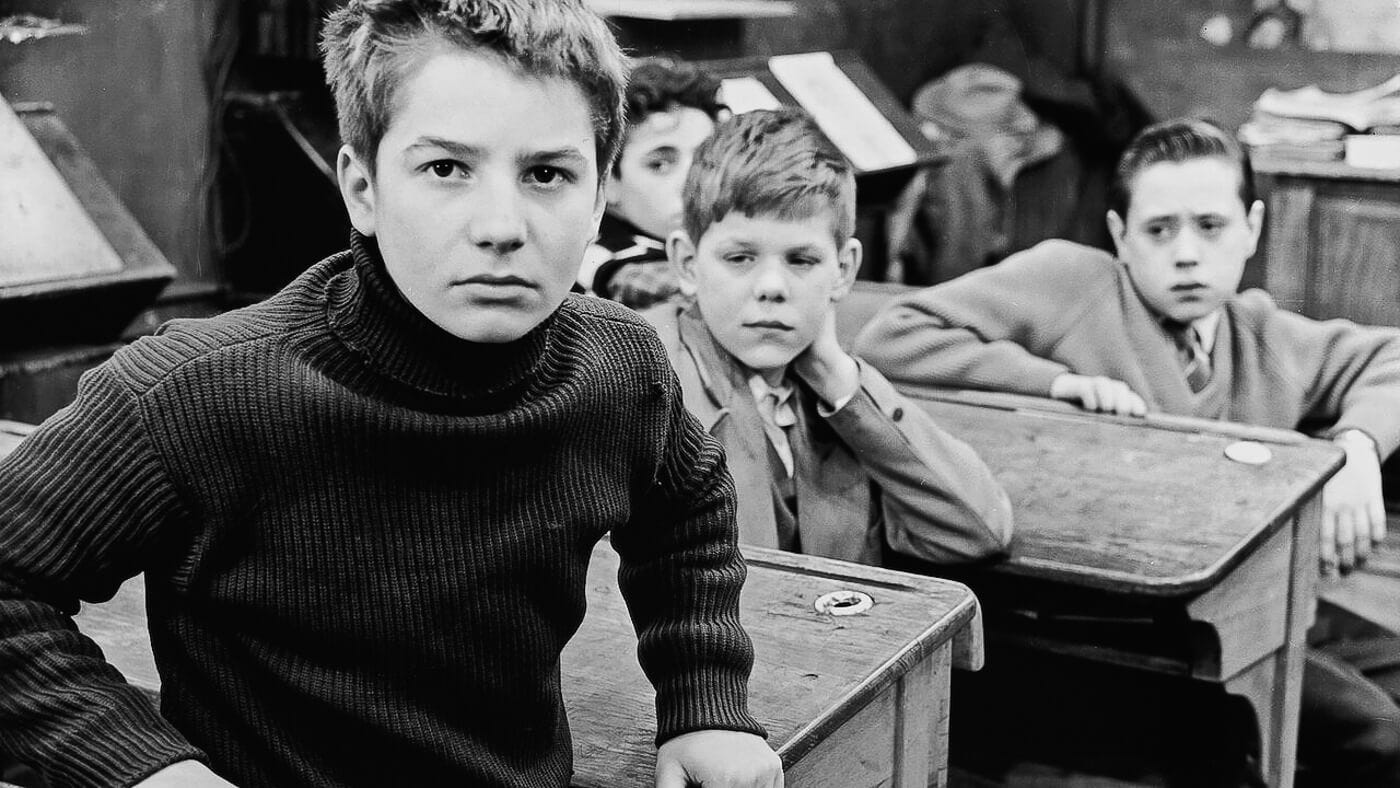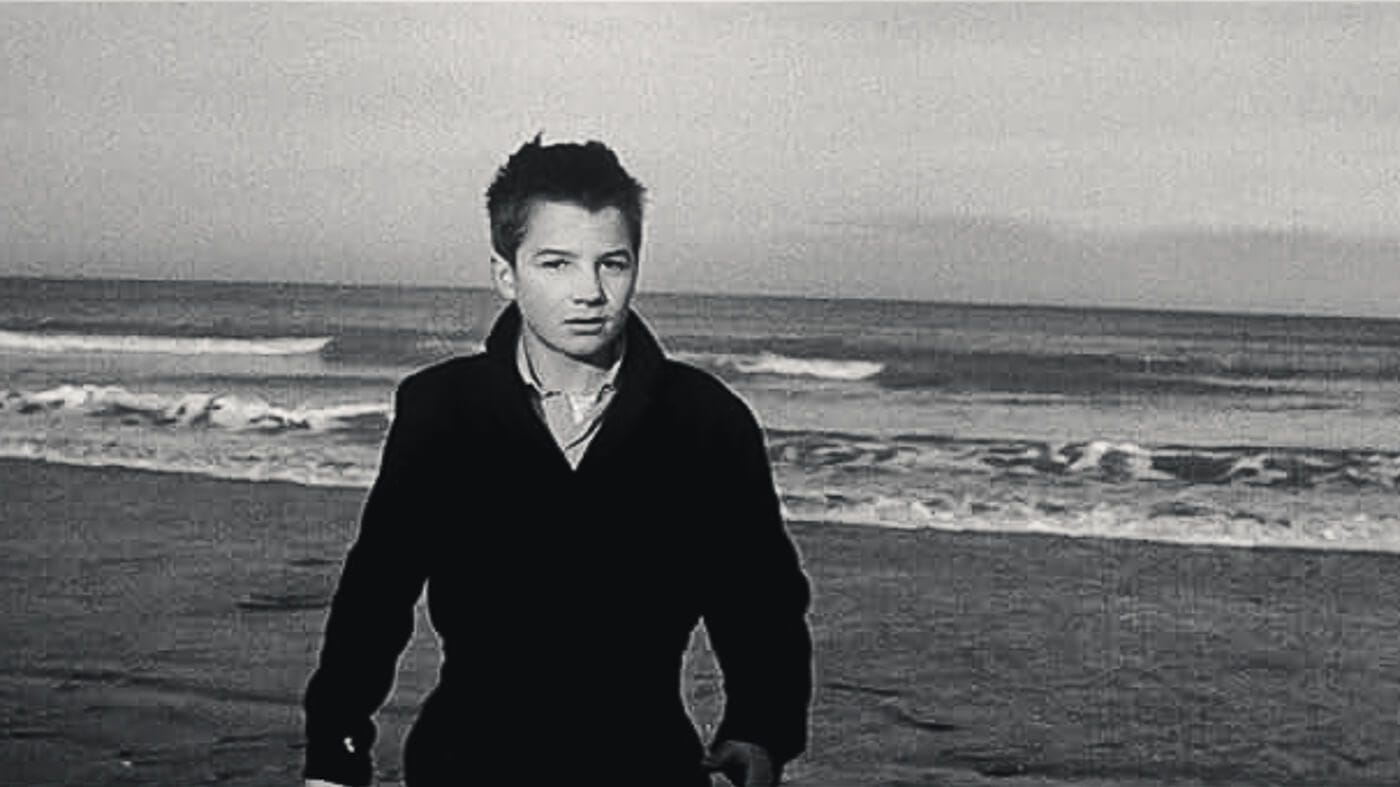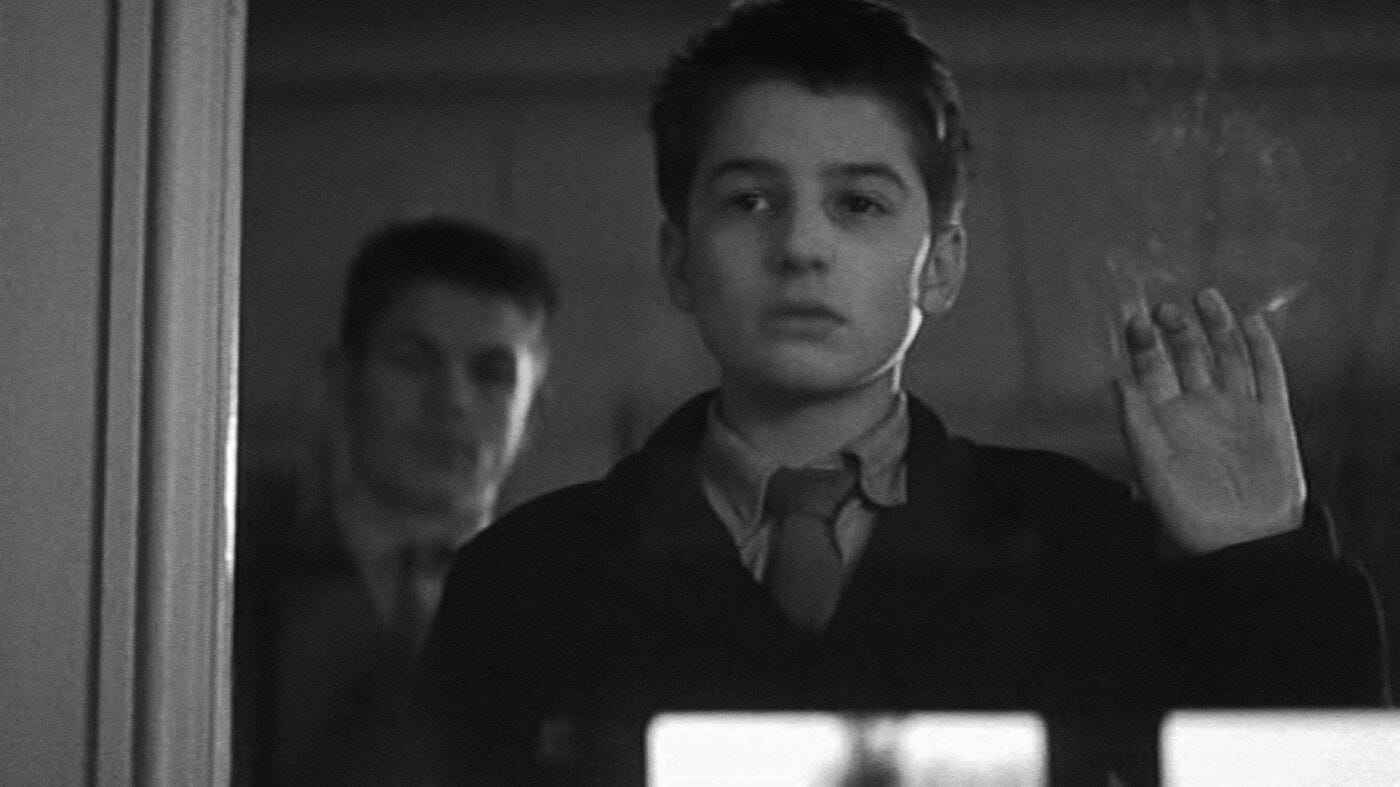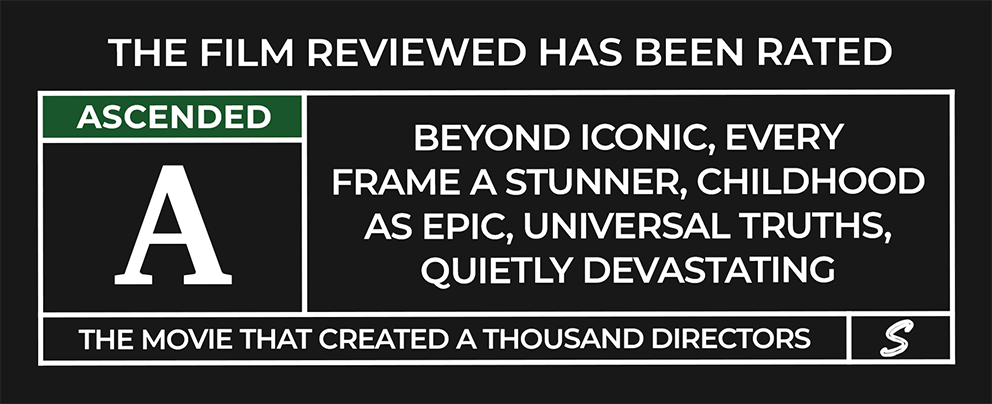🎧 [PLAYBACK: SOUND ON]
Cue the music. Your reading starts here.
🟢 Ready to commit? Open the soundtrack in Spotify.
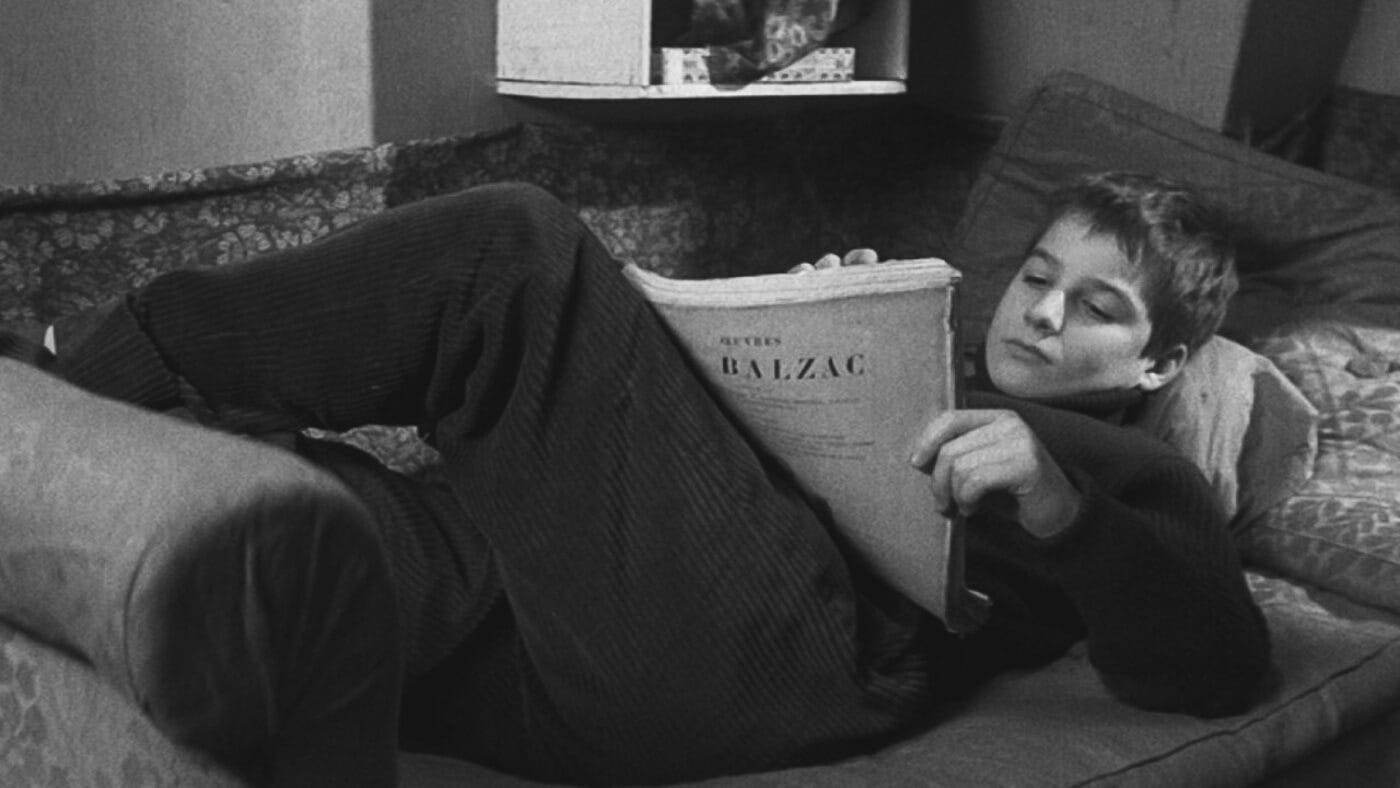
A Manifesto in Motion
The 400 Blows epitomizes, perhaps more than any other film, the reason why we limit the top tier of the SINemeter ratings system to just the 50 best of the last 130 years of cinema.
Movies like this need a class of their own.
A picture that helped define the French New Wave, The 400 Blows was François Truffaut’s first time behind the camera after years spent as one of the most famously opinionated critics at esteemed film journal Cahiers du Cinéma.
A self-confessed former juvenile delinquent himself, Truffaut had been merciless in his attacks on the stale, literary "tradition of quality" dominating French cinema at the time. Films like The Earrings of Madame de… or The Great Maneuver were beautifully crafted but, to him, represented a lifeless, studio-bound art that had completely lost touch with reality.
He had no interest in polite, overly scripted drama — he wanted films that felt alive, aggressively individualistic, and emotionally urgent.
And The 400 Blows was his manifesto.
Antoine vs. the World
The film follows 14-year-old Antoine Doinel (Jean-Pierre Léaud), a boy navigating an indifferent world that seems intent on misunderstanding him.
Passed between disinterested parents and a rigid school system, Antoine is constantly pushed aside, his petty rebellions snowballing into something more menacing as he drifts further toward the margins. He isn’t a bad kid — just a neglected one, making it all up as he goes.
Truffaut, drawing from his own troubled youth, doesn’t levy judgement either. Instead, the film observes Antoine with a kind of detached sympathy, never sentimentalizing his struggles, and that quiet remove makes it all the more devastating.
The title is lifted from an old French idiom, faire les quatre cents coups — a phrase that originated among marauding soldiers in the 17th century and roughly translates as “to raise hell” or “to sow one’s wild oats.” And that’s exactly what Antoine does.
If he were roaming the streets of today’s Paris, though, he’d probably just call it faire le con, the literal meaning of which I’ll leave to your own devices.
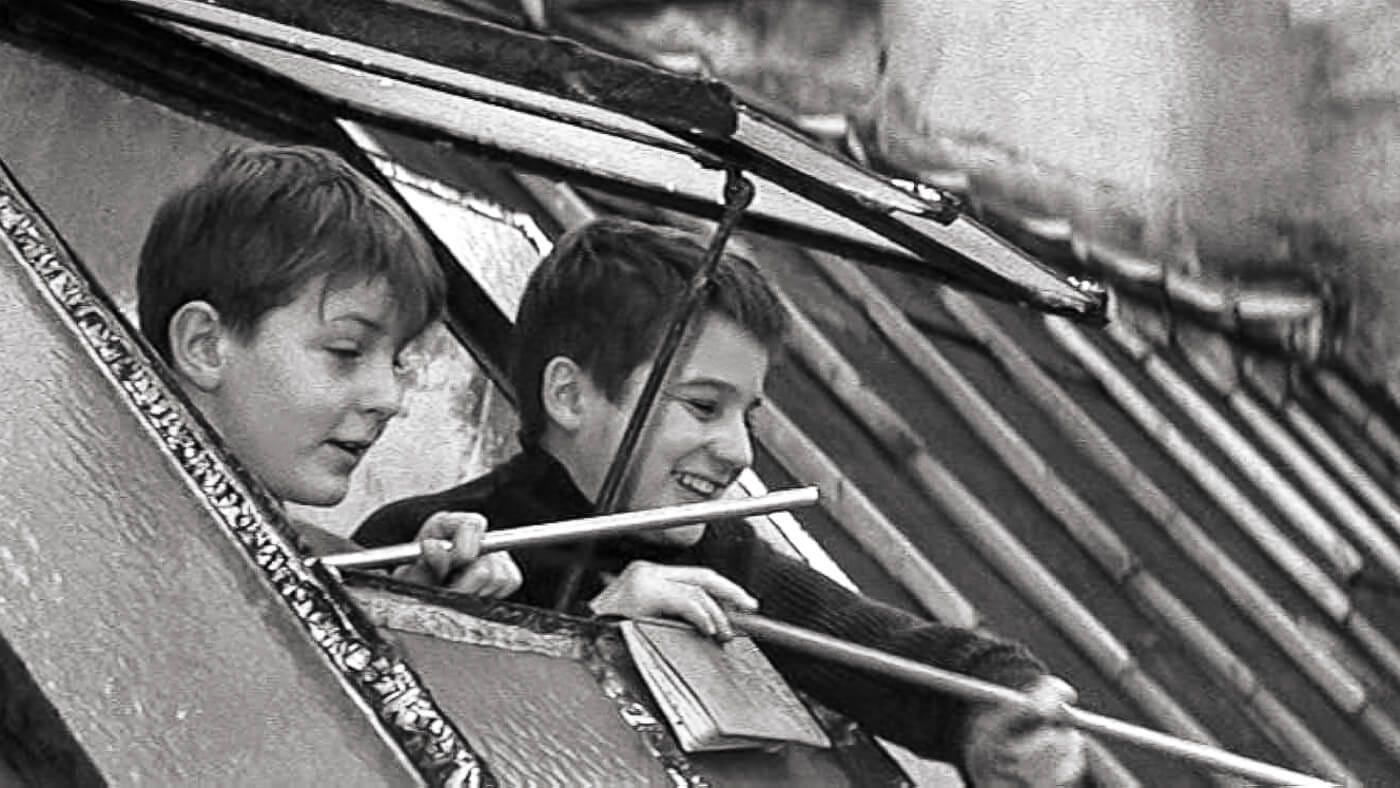
Rebellion in Form and Feeling
The 400 Blows represented a radical break from traditional French filmmaking. Truffaut discarded the polished studio look of past generations in favor of a freer, more spontaneous vérité style.
Shot on location in the streets of Paris, with natural light and handheld camerawork, the film pulses with energy and immediacy.
Its use of freeze-frames, sudden cuts, and long, unbroken takes—all of which would become hallmarks of the French New Wave—give it an organic, unpredictable rhythm. This was cinema rebelling against convention, favoring deeply personal storytelling over literary adaptations and theatrical performances.
Léaud, in his first of many collaborations with Truffaut (including five total turns as Doinel over two decades), is extraordinary, giving one of the most naturalistic child performances ever put to screen. His facial expressions do most of the heavy lifting, shifting between defiance, mischief, and profound loneliness.
Truffaut’s direction is similarly unforced, capturing moments of quiet joy, casual cruelty, and fleeting freedom with an observant, unvarnished touch. He makes every moment feel natural, whether it’s Antoine playing hooky at the movies or his futile attempts to find warmth in a world that offers him none.
Every frame has a story. Subscribe for free to follow the ones that changed cinema forever.
The Freeze-Frame Heard ’Round the World
Premiering at Cannes to instant acclaim, The 400 Blows wasn’t just an artistic triumph — it was a declaration of a new kind of cinema.
It won Truffaut Best Director and quickly cemented itself among the greatest works of all time, a permanent fixture in the canon of world cinema.
Its influence is impossible to overstate today. The film's DNA runs through everything from The Last Picture Show to Moonlight, the latter giving us a direct homage to its unforgettable freeze-frame ending.
That final shot — Antoine, running toward an uncertain future, looking straight into the camera — was shocking in its ambiguity at the time. Today, it’s legendary.
To Be Seen
More than six decades later, The 400 Blows remains one of the most quintessential coming-of-age films ever made, its emotional power undiminished.
It’s an achingly personal story, yet it is universally understood.
The fear of being lost, of being failed by the very people and systems meant to protect you, of realizing childhood is over before you even knew it — it’s all here, as piercing as ever.
And in an era where people engage in online misdeeds just to be noticed, where social media encourages acting out simply to garner attention, Antoine’s small acts of rebellion feel even more relevant than ever. He lies, steals, and lashes out — not for gain, but simply to be seen.
Kids may act out in different ways today, but the need to be noticed, to push back against a cruelly indifferent world, is timeless and uniquely human.
REMARKS ON FILE
+ 3 points for Truffaut scrapping his original idea of Antoine drowning at the end — because nothing says ‘love letter to childhood’ like a tragic death at sea. Leave that to Jim Cameron…
+ 5 points for Henri Decaë’s stunning cinematography, which makes 1959 Paris feel both vibrant and suffocating in equal measure
+ 10 points for crafting an ending that wasn’t just bold — it was completely improvised. Truffaut wasn’t sure how to close the film, so he told Léaud to “just run." And it became one of the most iconic final shots in the history of motion pictures.
A cinematic essential and a mainstay in my Top 10 Films of All Time.
One misfit to another. Share this review and help others find the classics that matter.
📊 [PLAYBACK: RECEPTION]
Budget: 400,000 French francs ($80,000) in 1959, approximately $850,000 today
Initial French Box Office: Estimated 2 million francs at 50 centimes/ticket in 1959 (~$21 million now)
*Adjusted as of 2025Cinema DEFCON Threat Level:
27 Years — Theatrical-to-VHS WindowVerdict
Small budget, seismic impact. It quintupled its cost, ignited the French New Wave, and rewrote the language of cinema forever.Still making the rounds on the repertory circuit today.
If this isn’t a DEFCON 5, helping preserve the cinematic experience for us all, I don’t know what is anymore.
⏳ [PLAYBACK: LEGACY EDITION]
1984 – Janus Films U.S. Re-release
Janus Films restored and reintroduced The 400 Blows to American audiences on the U.S. arthouse circuit.1993 – Criterion Collection Debut
Criterion restored and released the film on LaserDisc, featuring a letterboxed transfer and supplemental materials, including audio commentaries and interviews.
1998 – Criterion DVD
One of the first films Criterion issued on DVD (Spine #5), porting over content from the earlier LaserDisc, offering improved accessibility for home viewers.2009 – Criterion Blu-ray
A significant restoration effort led to a new high-definition digital transfer, enhancing the film's visual and audio quality for modern audiences.
2022 – BFI 4K Restoration & UK Theatrical Re-release
The British Film Institute undertook a 4K restoration of the film, releasing it on Blu-ray and reintroducing it to UK cinemas.
🎬 [PLAYBACK: TRAILER]
The BFI’s trailer for the ‘22 release proves it: this isn’t just a film—it’s film school in 99 minutes. And a lot cheaper.
Think The 400 Blows still hits like a sucker punch?
Tap like, then tell us the coming-of-age film that wrecked you most.


